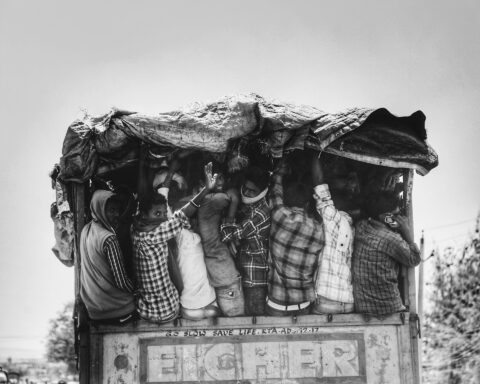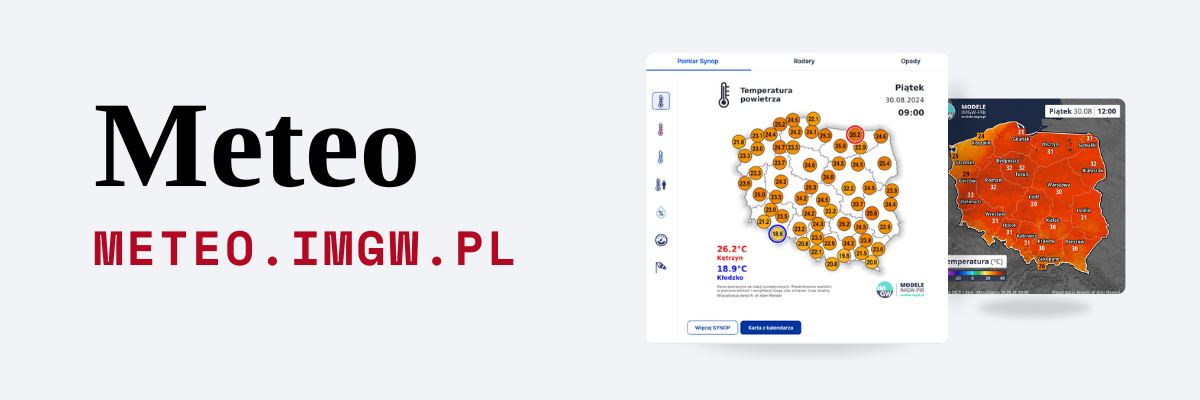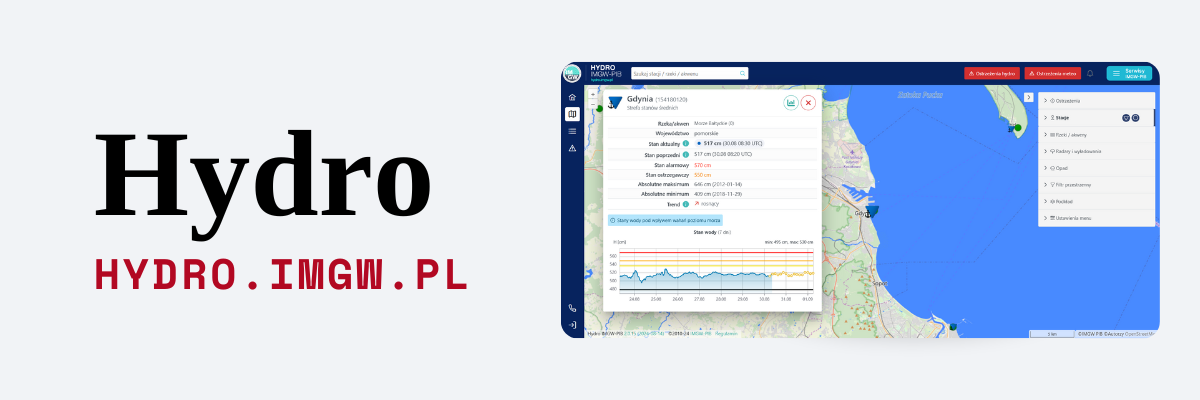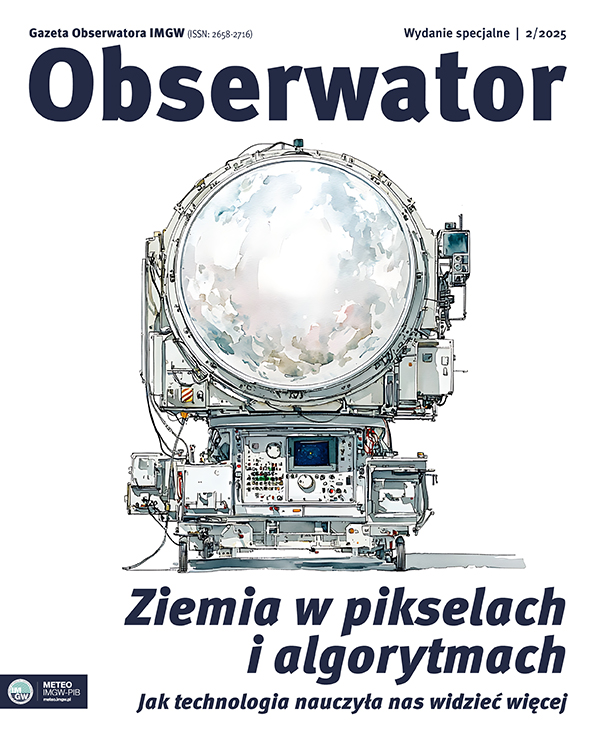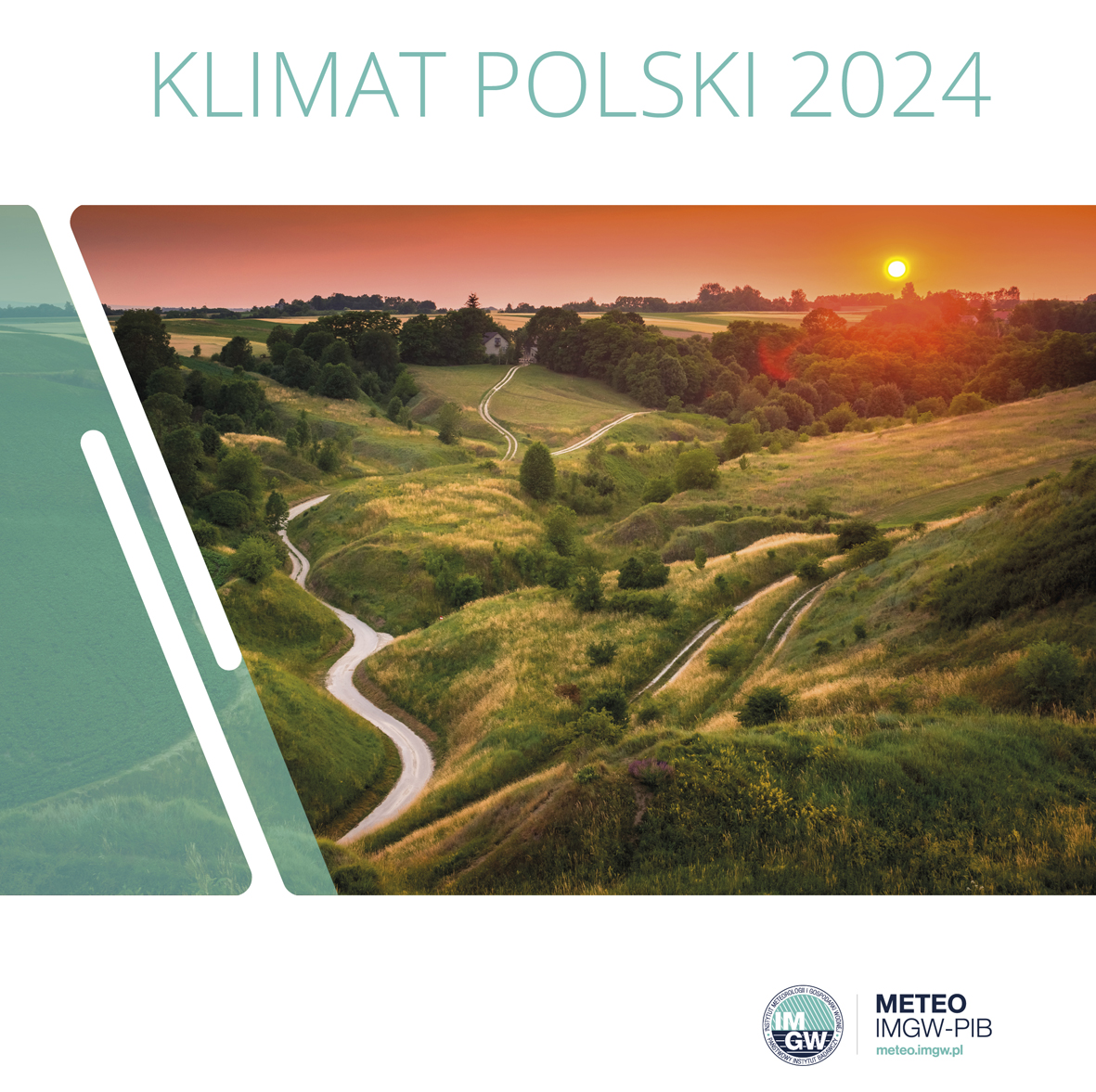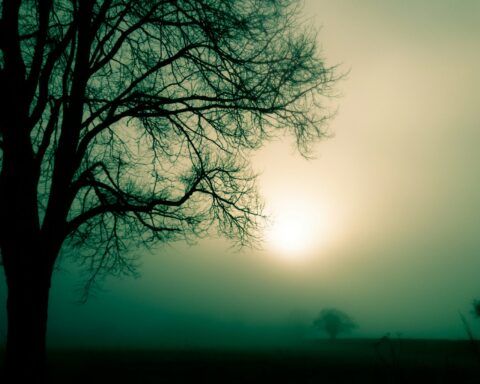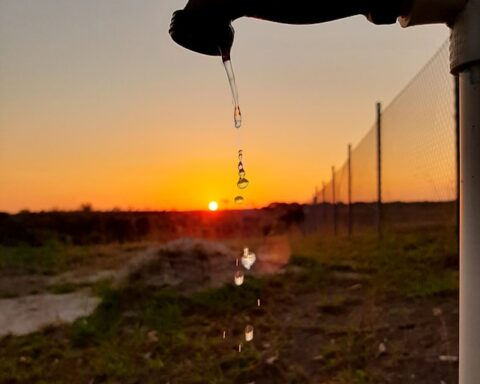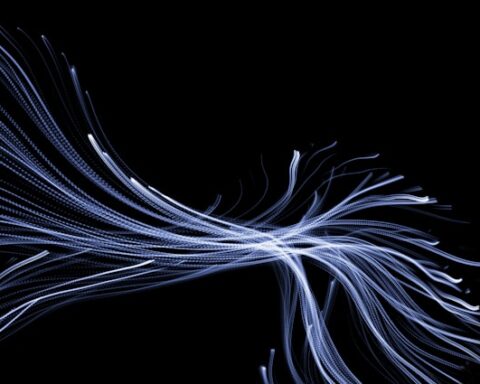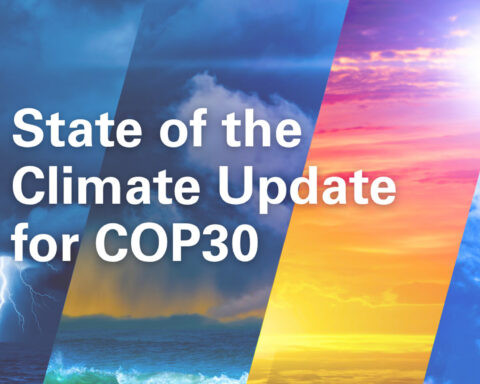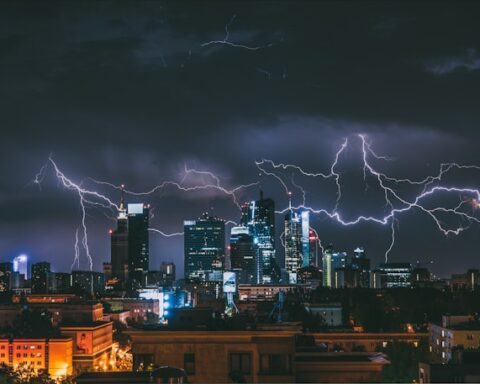Chemitrails do not exist. All the „suspicious” features of condensation trails are explained by the physics of the atmosphere.We will explain their formation and what they are to reassure suspicious skywatchers who, in many cases, believe in conspiracy theories.
AUTHOR: Grzegorz Duniec, IMGW-PIB/Meteorological Modeling Centre
Turbine jet engines exhaust gases can be divided into three main groups:
>> natural products of fuel combustion: CO2, H2O, and NOx;
>> products of ineffective combustion: CO, HC (unburnt hydrocarbons), and soot;
>> fuel quality-related emissions: sulfides and residual particles such as metals.
In modern aircraft engines, the combustion of 1 kg of kerosene in 3.4 kg of oxygen produces the following amounts of exhaust components:
>> 3.16 kg of carbon dioxide (CO2);
>> 1.29 kg of water (H2O);
>> less than 0.6 g of carbon monoxide (CO);
>> less than 15 g of nitrogen oxides (NOx);
>> less than 0.8 g of sulfur dioxide (SO2);
>> less than 0.01 g of unburnt hydrocarbons (CHx);
>> 0.01-0.03 g of soot (C).
The above analysis shows that 99% of the exhaust gas mass is carbon dioxide and water vapor. Just these combustions products that react with cold and humid air and can contribute to the formation of condensation trails. The condition is the appropriate flight altitude and favorable physical conditions.
The formation of the trail depends on the temperature and humidity of the air mass surrounding the plane. By isobaric mixing of hot exhaust gases with the surrounding cool and moist air, the exhaust gas containing water vapor is cooled. If the mixture temperature drops to the dew point (saturation) or below this temperature, it becomes oversaturated. The excess water vapor condenses on the condensation or crystallization nuclei, resulting in water droplets or ice crystals. If in the process of mixing additional portions of water vapor are supplied, the oversaturation is maintained, and there is further growth and the formation of new water droplets or ice crystals. In turn, if the air surrounding the aircraft does not contain a large amount of water vapor, e.g., it is drier, the mixture becomes unsaturated (the mixture’s temperature does not reach the dew point). The existing water vapor droplets and ice crystals evaporate which leads to the disappearance of the contrail.
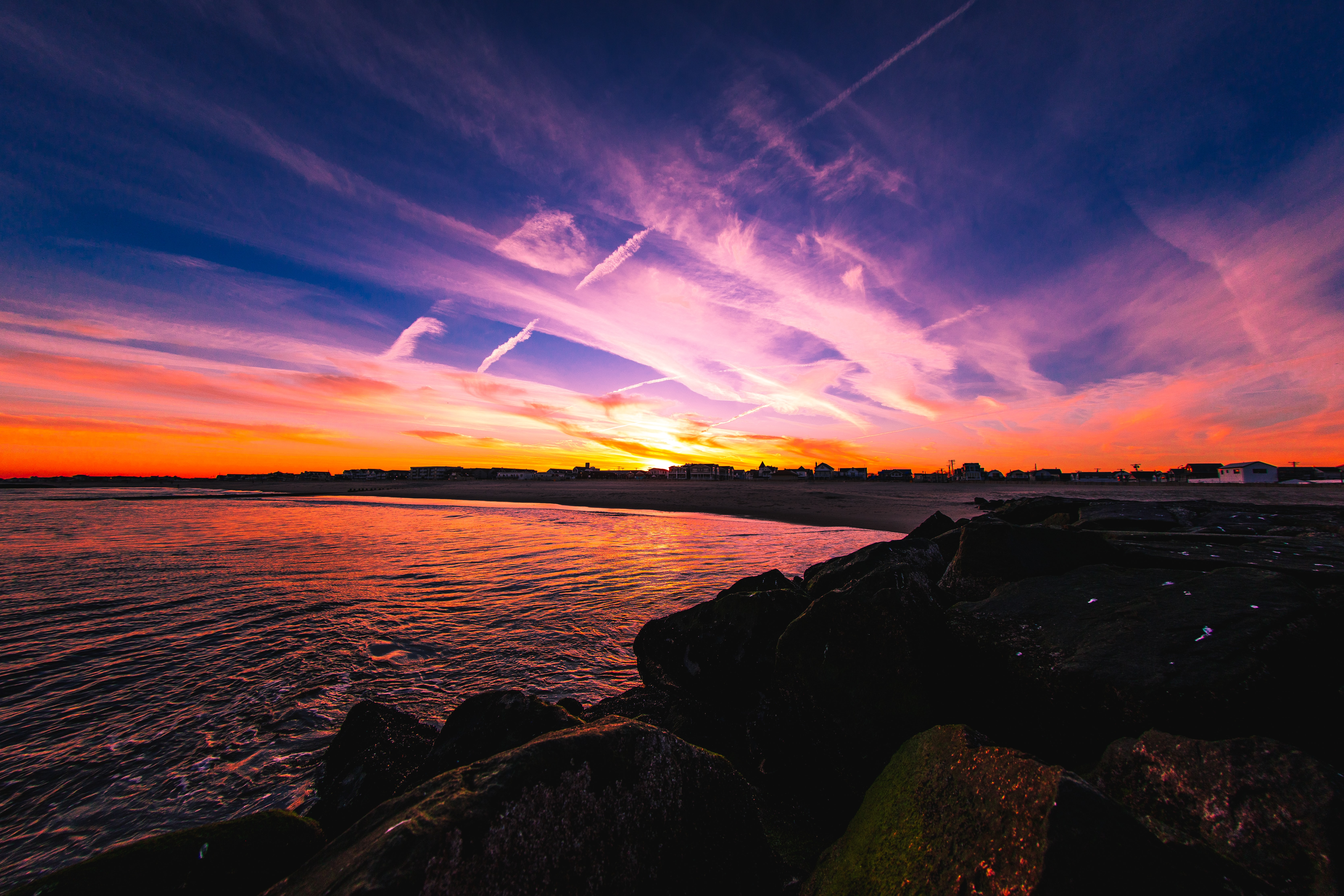
Condensation trails occur in the upper troposphere and lower stratosphere in the layer from 7 to 15 km. The thickness of the trail varies from 1.5 to 2 km. We distinguish between stable and unstable condensation trails. Stable ones persist for a long time and often turn into a wide belt of cirrus clouds. The length of such a belt can reach several kilometers. According to the World Meteorological Organization (WMO), a condensation trail lasting more than 10 minutes may be called Cirrus homogenitus. If there is a trail in an area that persists for a long time, and winds spread the trails to a larger area of the sky, Cirrus homomutatus, Cirrocumulus homomutatus and Cirrostratus homomutatus clouds form. A typical synoptic situation conducive to the formation of a stable condensation trail is the conditions at the edge of the upper-pressure systems. A warm atmospheric front will be visible (there must be a rise in warm and moist air).
Unstable condensation trails are short-lived, and the thickness of the layer in which they form is usually thinner. Synoptic conditions favoring the formation of such trails are the rear parts of the filling of the depression and weak-gradient pressure fields with developed convective processes. In the central parts of the anticyclones, the upper condensation trails are not observed.
The visibility of the contrail is due to the phenomenon of light scattering. Since the size of water droplets and crystals is much larger than the electromagnetic wavelength in the visible range of spectrum (around fifty times larger), the trail particles scatter light waves of each length. It makes the condensation trail shiny white. Observing the trail from the side, we can see the hanging edemas that look like inverted mushrooms, similar to mamma clouds. The halo phenomenon of exceptionally pure colors can also be observed at times on the condensation trails. The characteristic gap that is observed between the trail and the plane also needs to be clarified. It arises because it takes some time from the ejection of hot, water-vapor-rich gases from the engine to the formation of droplets or ice crystals.
Finally, all conspiracy theories concerning any adverse effects of contrails should be considered a myth. Various research indicates that the trails are not dangerous for people.
Author: Grzegorz Duniec | Meteorological Modelling Centre, IMGW-PIB.
Main photo: Miti | Unsplash.

